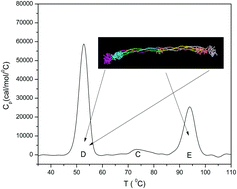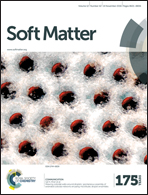Fibrinogen: a journey into biotechnology
Abstract
Fibrinogen has been known since the mid-nineteenth century. Although initially its interest had been within the field of physiology over time its study has spread to new disciplines such as biochemistry, colloids and interfaces or biotechnology. First, we will describe the bulk properties of the molecule as well as its supramolecular assembly with different ligands by using different techniques and theoretical models. In the next step we will analyze the interfacial properties, an important topic because fibrinogen is considered to be a major inhibitor of lung surfactants' function at the lining layer of alveoli. The final step will be devoted to its main application in biotechnology. Thus, the adsorption of fibrinogen at solid/electrolyte interfaces and at carrier particles will be discussed. The reversibility of adsorption, fibrinogen molecule orientation, and maximum coverage will be thoroughly discussed. The stability of fibrinogen monolayers formed at these surfaces with respect to pH and ionic strength cyclic changes will also be presented. Based on the physicochemical data, adsorption kinetics and colloid particle deposition measurements, probable adsorption mechanisms of fibrinogen on solid/electrolyte interfaces will be defined.


 Please wait while we load your content...
Please wait while we load your content...